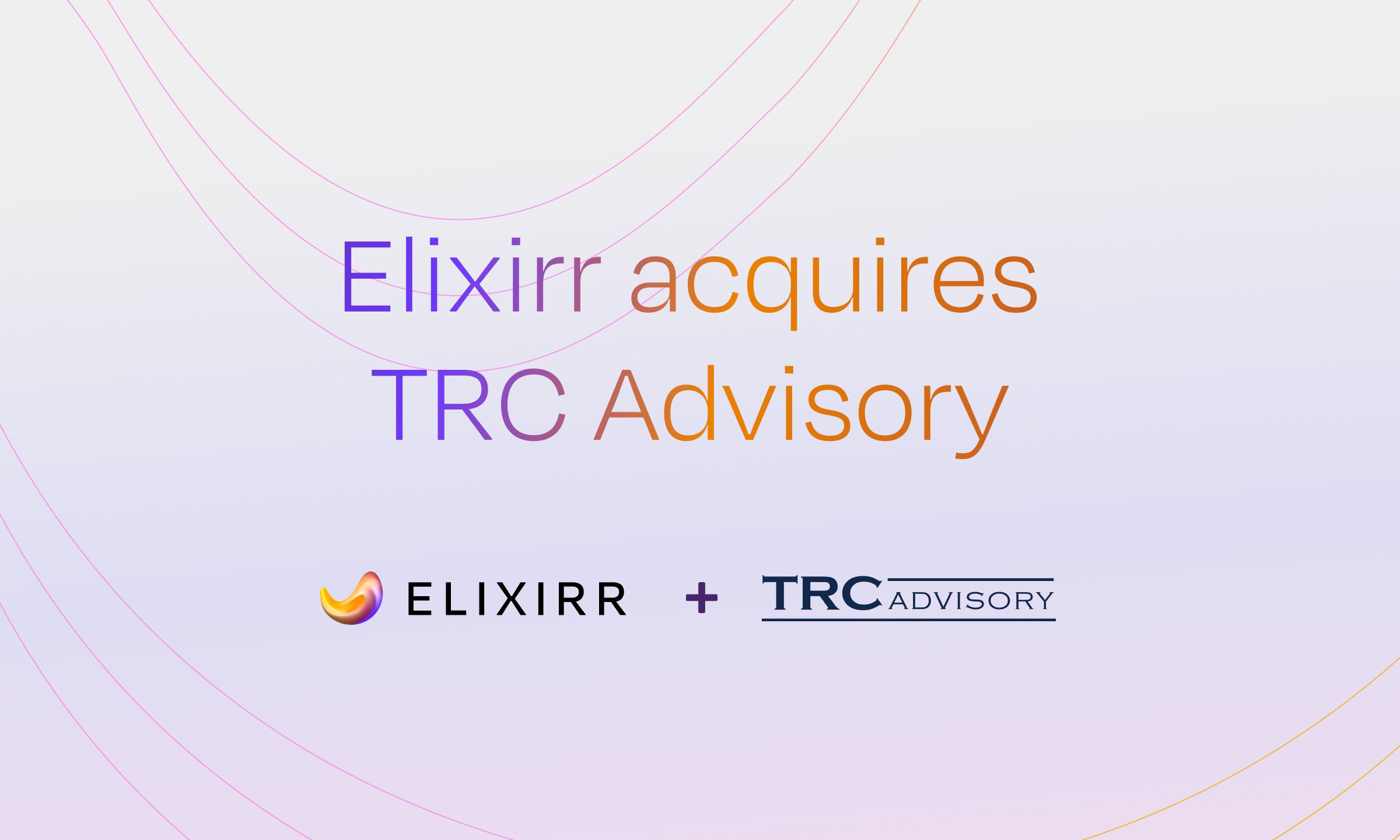A leading hospital and healthcare provider in South Africa required assistance in creating a research paper on the global adoption of PET-CT in cancer management. The primary objective was to promote its adoption within South Africa’s healthcare system.
- Outcome 1: Distributed 46-page research paper across oncology conferences in South Africa
- Outcome 2: Developed two-page flyer to inform patients about PET-CT
The challenge
While PET-CT imaging is the global standard for cancer staging, its adoption in South Africa has lagged. Our client aimed to change that through strategic advocacy.
There was limited clinical awareness and institutional support for PET-CT usage. The client needed a compelling, evidence-based paper to influence change across the oncology landscape in South Africa.
The approach
We worked with a cross-functional team from the client and two associated nuclear physicians to agree on target audience for the paper and key messages. Extensive research was conducted on global PET-CT guidelines, which were then compared to South Africa’s standards across six different types of cancer. This helped identify areas where South Africa’s practices deviated from global gold standards and guidelines.
We conducted Interviews with oncologists to gain insights into the current status of PET-CT utilisation in South Africa and Africa as a whole. Additionally, explored the challenges faced in integrating PET-CT into the referral process. Additionally, we worked closely with client and nuclear physicians to define the opportunities and advantages of adopting PET-CT in South Africa. This included defining recommendations to address adoption challenges within the healthcare market.
We documented research into compelling paper for oncologists and industry experts. An additional flyer was created to inform and educate patients on PET-CT in cancer for oncologists to distribute to patients.
The value delivered
The paper is now being presented at major oncology events and used by medical professionals to educate peers and patients. It’s shaping the conversation around diagnostic reform – and positioning the client as a thought leader.




